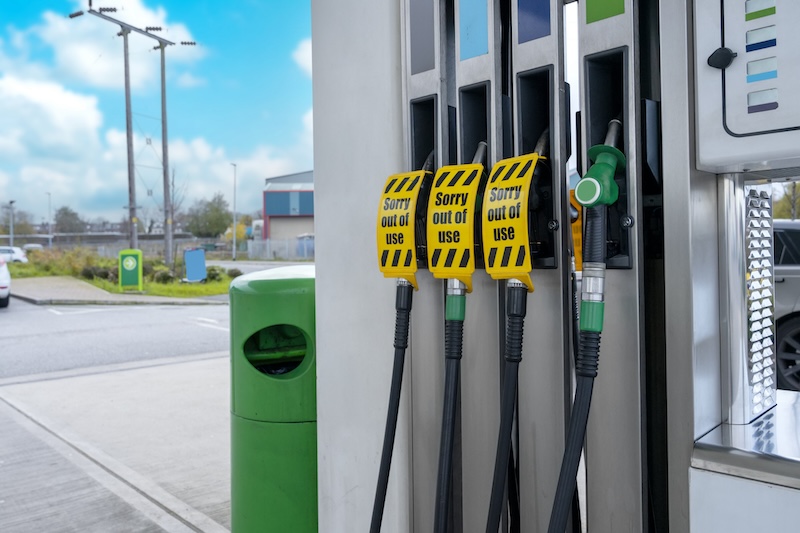How to travel with pets in the car | 1st Central

Are you planning a staycation this year? If you’re taking your pet with you, it’s important that you’re aware of the road safety laws in place to protect you, other drivers and your pet.
What are the rules on travelling with pets?
Rule 57 of the Highway Code says: “When in a vehicle make sure dogs or other animals are suitably restrained so they cannot distract you while you are driving, or injure you, or themselves, if you stop quickly. A seat belt harness, pet carrier, dog cage or dog guard are ways of restraining animals in cars.”
If you don’t obey this rule, you could end up committing a driving offence under Section 3 of the Road Traffic Act 1988.
This could get you a fixed penalty of £100 for careless and inconsiderate driving and three to nine penalty points on your driving licence. If you go to court, you could face fines of up to £5,000.
Plus, if you’re involved in a car accident when driving with an unrestrained pet, it could invalidate your car insurance.
How to choose a pet restraint
When you choose a dog guard, harness or travelling kennel, it should be robust and secure so that your pet doesn’t move around, escape or get injured. It should also be well ventilated to allow your pet to breathe in lots of fresh air.
Look for restraints that’ve been crash tested, such as ones that have been approved by the Centre for Pet Safety (CPS).
A carrier needs to allow your pet to sit and stand at full height, turn around and lie down naturally. Also, choose suitable bedding to allow your pet to travel in comfort.
For medium-sized and large dogs, the PDSA suggests using car safety harnesses.
It’s worth doing some travel training with your pet before you go on your trip. Take your pet on a few short trips to get it used to car journeys and its new travel home.
Tips for driving with your pet
It’s your responsibility to make sure your pet’s needs are met on your journey.
You should:
- Take plenty of drinking water which your pet should have access to
- Check the temperature of your car as it can heat up quickly in the summer
- Take toilet and exercise breaks to allow your pet to stretch its legs
- Feed your pet two hours before you travel to allow time for its food to digest
- Use sunshades on your windows during hot weather
- Keep your pet on a lead when it’s out of your car to stop it from running off
- Check whether your breakdown service allows pets to travel in the cab if you break down and your car gets towed away
You shouldn’t:
- Leave your pet alone in your car – it could become ill if the car’s temperature rises
- Allow your pet to stick its head out of a car window. It could lean too far and fall out of it
- Travel with your pet if it’s seriously ill or injured
- Exercise your pet on the hard shoulder
- Feed your pet just before you’re about to travel as this can cause motion sickness
Plan in advance
Pets can find travelling stressful, so it’s important to plan your travel carefully.
Check the travel information before you set out and find out where the service stations are on your route so that you can have a safe and enjoyable trip.
Before you set out on your travels, get clued up on the essential motoring laws you need to know about.


